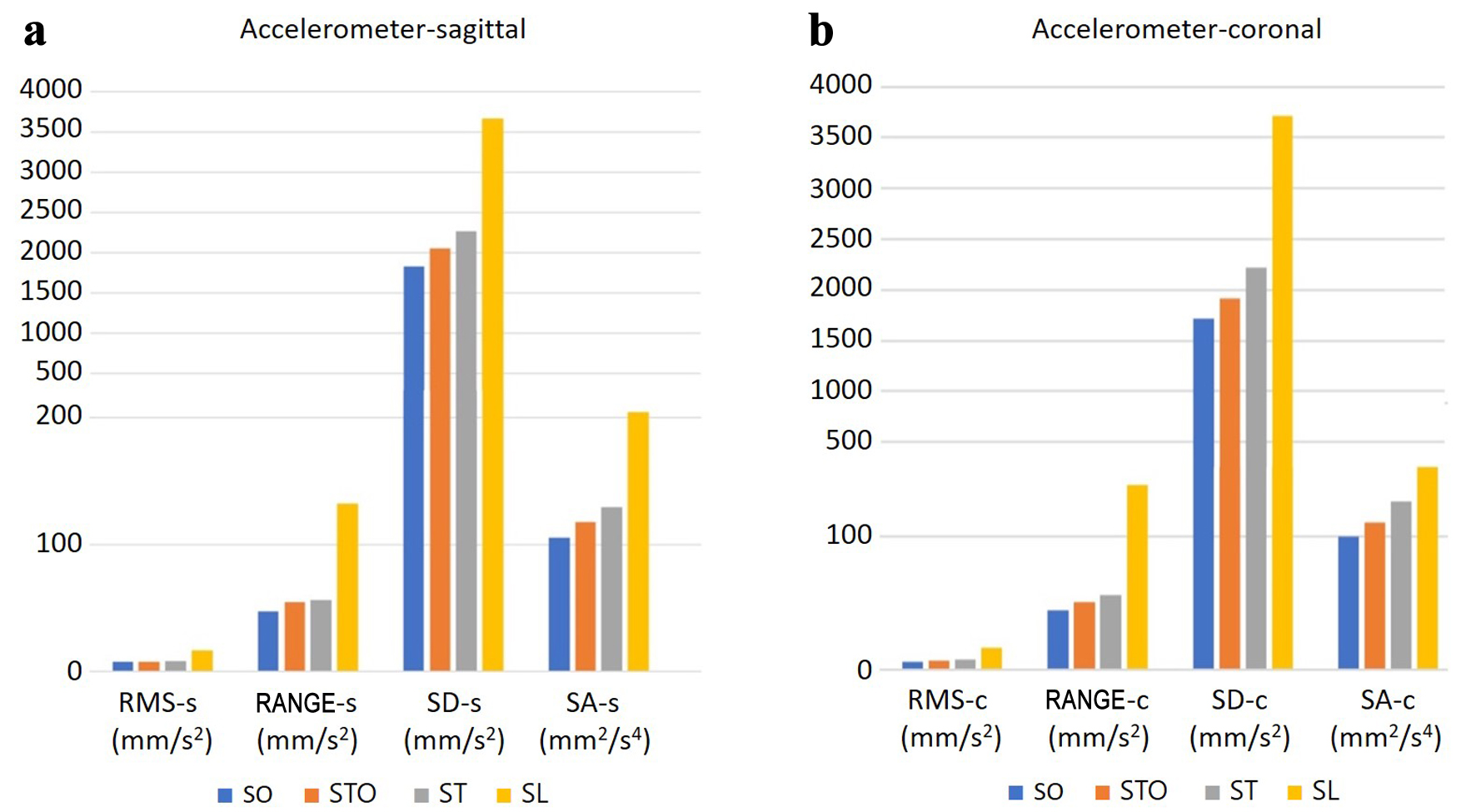Evaluating Postural Sway in the Elderly Using Inertial Measurement Units: A Study on Center of Mass Measurements via Accelerometers and Gyroscopes
DOI:
https://doi.org/10.14740/jocmr6184Keywords:
Inertial measurement unit, Accelerometer, Gyroscope, Center of mass, FallsAbstract
Background: Assessment of center of mass (COM) changes during static stance control has practical implications in clinical settings, notably among older adults. Recently portable and wearable devices, including accelerometers and gyroscopes, have emerged as a promising alternative to traditional clinical and laboratory assessments. The objectives of the study were to evaluate COM postural sway parameters derived from accelerometer and gyroscope data during static balance tasks with varying bases of support in healthy elderly individuals, and to examine the correlation and agreement between accelerometer-based and gyroscope-based parameters in postural sway assessment.
Methods: One hundred and fourteen healthy elderly individuals who had not experienced falls within the preceding 6 months and were confirmed to have no risk of falling as determined by the timed up and go test, were included in this study. They were evaluated for postural sway while standing, using the sensor securely with a belt attached to the L5 vertebra. The four-stage balance test, including standing in a double stance (SO), semi-tandem stance (STO), tandem stance (TO), and single-leg stance (SL), was employed to assess each participant’s ability to maintain balance under increasingly challenging standing positions on a stable surface.
Results: The study demonstrated that COM posture sway increased with a demanding position and a decreasing base of support. Spearman’s rho correlation coefficients from the anteroposterior and mediolateral planes exhibited strong correlation (0.75 - 0.9). Moderate reliability was observed for both the accelerometer and gyroscope parameters in both planes (intraclass correlation coefficient: 0.5 and 0.75).
Conclusions: Accelerometry and gyroscopes provide objective quantification of balance that have the potential to be utilized in conjunction with clinical tests to effectively evaluate the risk of falling.

Published
Issue
Section
License
Copyright (c) 2025 The authors

This work is licensed under a Creative Commons Attribution-NonCommercial 4.0 International License.









